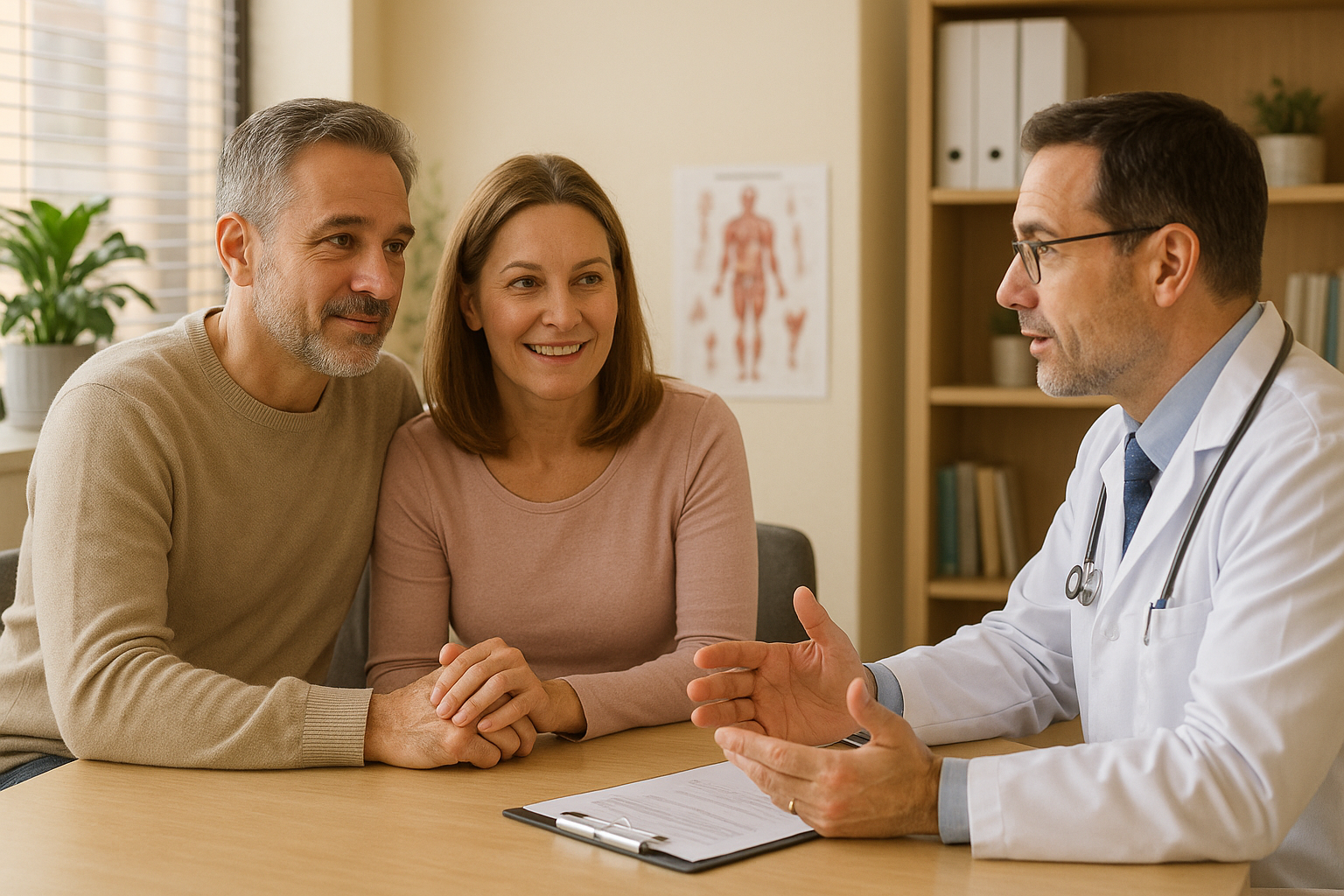Oct 28, 2024
Dealing with urinary incontinence can be tough, especially when it affects your skin. Irritation, rashes, and infections are common and are often referred to as incontinence-associated dermatitis (IAD), but with the right care, it can be managed.1
In this article, we’ll cover why skin care is so important for those experiencing incontinence and share practical tips to prevent skin damage. Whether you’re caring for yourself or a loved one, we have some tips to help keep skin healthy, comfortable, and protected.
What Is Urinary Incontinence?
Urinary incontinence is when you accidentally lose control of your bladder, leading to urine leaks.2 It can happen to anyone, but it’s more common as we get older. There are a few different types:2
- Stress incontinence: Happens when you leak a little during activities like coughing, sneezing, or exercise.2
- Urge incontinence: That sudden, intense urge to go, but you might not make it in time.2
- Overflow incontinence: Your bladder doesn’t fully empty, so you experience frequent dribbling.2
The causes can vary—anything from weakened pelvic muscles to pregnancy, urinary tract infections (UTIs), or even medication.2 While managing incontinence can be tricky, the skin around this area is also at risk.3
Constant moisture and friction can lead to irritation, rashes, and yeast infections, so taking care of your skin is just as important.3 With the right care, you can prevent discomfort and keep skin healthy!
How Incontinence Affects Skin Health
Urinary incontinence can have a significant impact on your skin, especially in delicate, intimate areas near your bottom, genitals and the perineum (the area between your pelvis and rectum).3 Constant exposure to moisture from urine can break down the skin's protective barrier, leading to irritation, rashes, and even infections.3
This condition, known as moisture-associated skin damage (MASD) is a type of incontinence-associated dermatitis and makes the skin more prone to infections.4
Friction can further irritate the skin, causing redness, swelling, and sometimes pain.4 Without proper care, these can quickly escalate, leading to more serious complications.
The Importance of Proper Skin Care for Incontinence
Caring for your skin when dealing with incontinence is not just about comfort—it's essential for preventing severe and uncomfortable symptoms.1 Healthy, well-maintained skin acts as a barrier between the environment outside and the inside of your body.1
Proper skin care, like cleaning and drying the area, can also minimize irritation and discomfort, making daily life easier and more comfortable.3
By taking proactive steps to protect the skin, you can improve overall well-being, boost confidence, and prevent long-term skin damage.
Essential Skin Care Tips for Managing Incontinence
Taking care of your skin when dealing with incontinence is essential to staying comfortable and healthy. Here are some practical tips to help you keep your skin in top shape.
Choosing the Right Skin Cleansers
When managing incontinence, it’s important to use gentle, soap-free cleansers.3 These products cleanse without causing dryness or irritation.3
For a gentle option, try TENA Cleansing Cream, which cleanses and protects your skin in one easy step.
Benefits of Moisturizers and Barrier Creams
Moisturizing creams are great for keeping your skin hydrated and feeling soft.3 It’s a good idea to check with a healthcare provider to see which creams or lotions are safe for you to use.3
Using Incontinence Pads, Guards, and Protective Underwear
Choosing the right incontinence products can make a huge difference for your skin health. Look for absorbent products to help with urine leakage1 that are breathable and designed to minimize contact with the skin.
Products that fit properly and allow for airflow will reduce the risk of skin irritation and breakdown. It’s also important to change pads or underwear often to keep the skin dry and comfortable.
Check out TENA’s Sensitive Care line for products that focus on skin health while providing the protection you need. The SkinComfort Formula helps to protect intimate skin and offers skin comfort and security.
How to Treat Skin Irritation Caused by Incontinence
Dealing with skin irritation from incontinence can be frustrating, but there are ways to soothe and protect your skin:
- Clean gently: Stick to mild, soap-free cleansers and avoid scrubbing the area.2,4 Patting the skin dry instead of wiping with a soft towel is much kinder to sensitive skin.
- Soothe with barrier creams: Use creams with zinc oxide or petroleum jelly to create a protective layer and moisturize your skin.1
- Keep it dry: Changing your incontinence products regularly helps keep moisture off your skin.4 Absorbent, breathable pads or underwear are your best friend here.
- Let your skin breathe: If you can, give your skin some breathing time between changes.
- When to seek help: If the irritation turns into a painful rash, itches, or burns don’t hesitate to contact a healthcare professional for advice.1
Skin Care Tips for Caregivers Supporting Someone with Incontinence
If you're helping someone manage incontinence, keeping their skin healthy is a big part of care. Here are a few tips to make it easier:
- Practice gentle hygiene: Help them cleanse regularly with a mild soap-free cleanser,2,4 and remember to pat, not rub, the skin dry. Being gentle makes a huge difference.
- Stay alert to skin changes: Keep an eye on any redness, irritation, or signs of infection.1 The earlier you spot an issue, the easier it is to treat.
- Encourage frequent changes: Remind or help with changing incontinence products regularly to prevent the skin from sitting in moisture too long.4
- Focus on comfort: Use breathable incontinence products that minimize friction and keep skin feeling good.
- Offer emotional support: Incontinence can be tough emotionally. Offering patience and understanding can go a long way in helping the person feel cared for and comfortable.
References
1. Healthline. ‘What Is Incontinence-Associated Dermatitis and How Is It Treated?’. 2017. Accessed 23 September 2024. Available from: https://www.healthline.com/health/overactive-bladder/incontinence-associated-dermatitis
2. Cleveland Clinic. ‘Urinary Incontinence’. 2020. Accessed 23 September 2024. Available from: https://my.clevelandclinic.org/health/diseases/17596-urinary-incontinence
3. MedlinePlus. ‘Skin care and incontinence’. 2024. Accessed 23 September 2024. Available from: https://medlineplus.gov/ency/article/003976.htm#:~:text=Your%20provider%20can%20recommend%20barrier,yeast%20infection%20on%20the%20skin.
4. American Nurse. ‘Moisture-associated skin damage: The basics’. 2022. Accessed 23 September 2024. Available from: https://www.myamericannurse.com/moisture-associated-skin-damage/






































































































